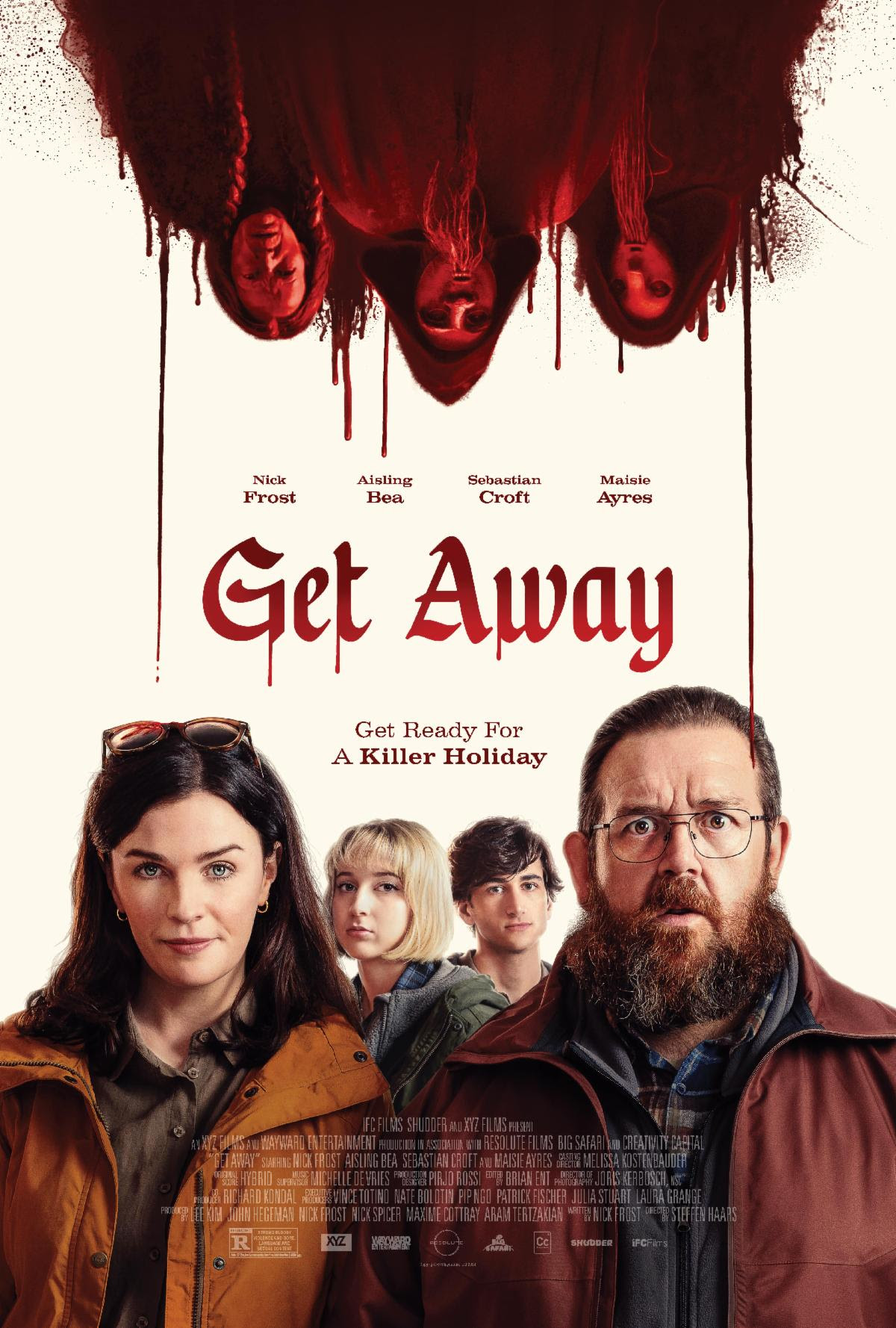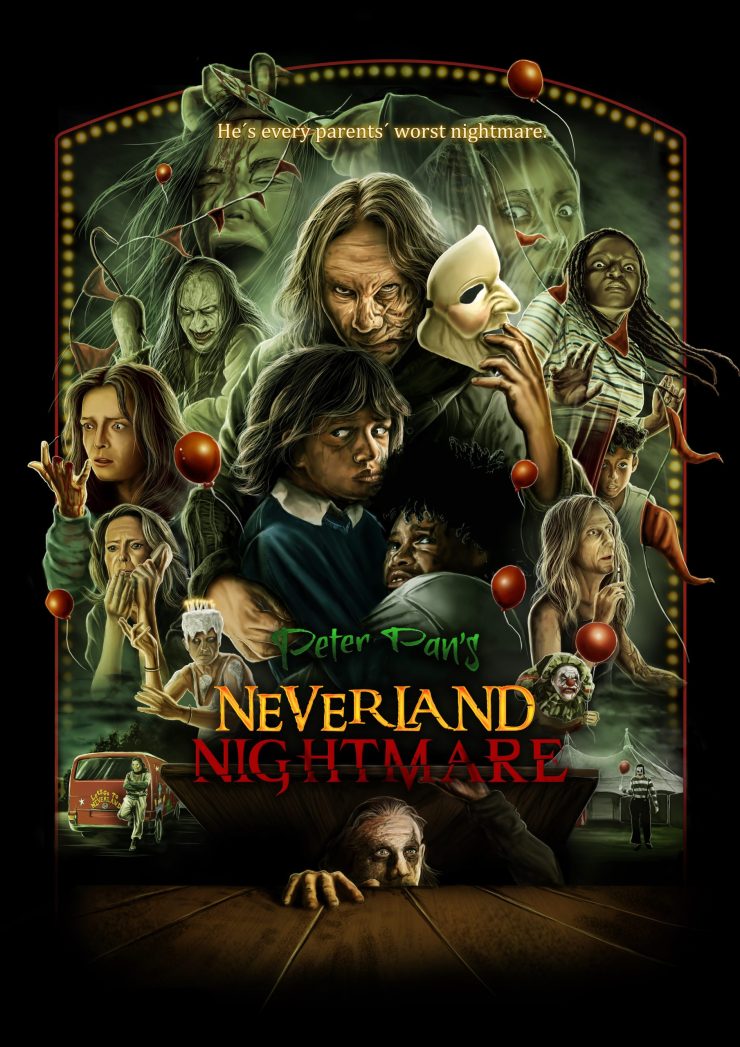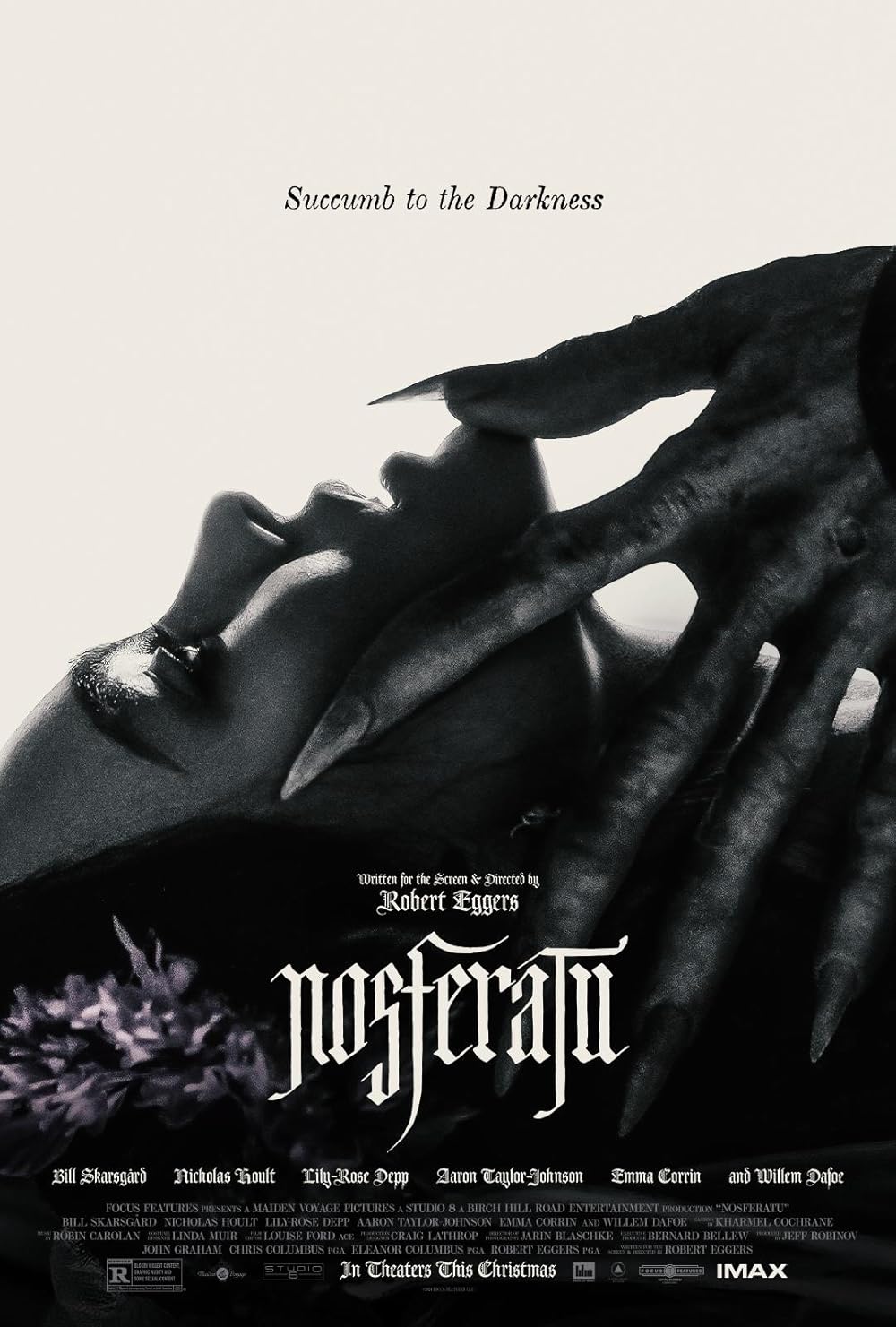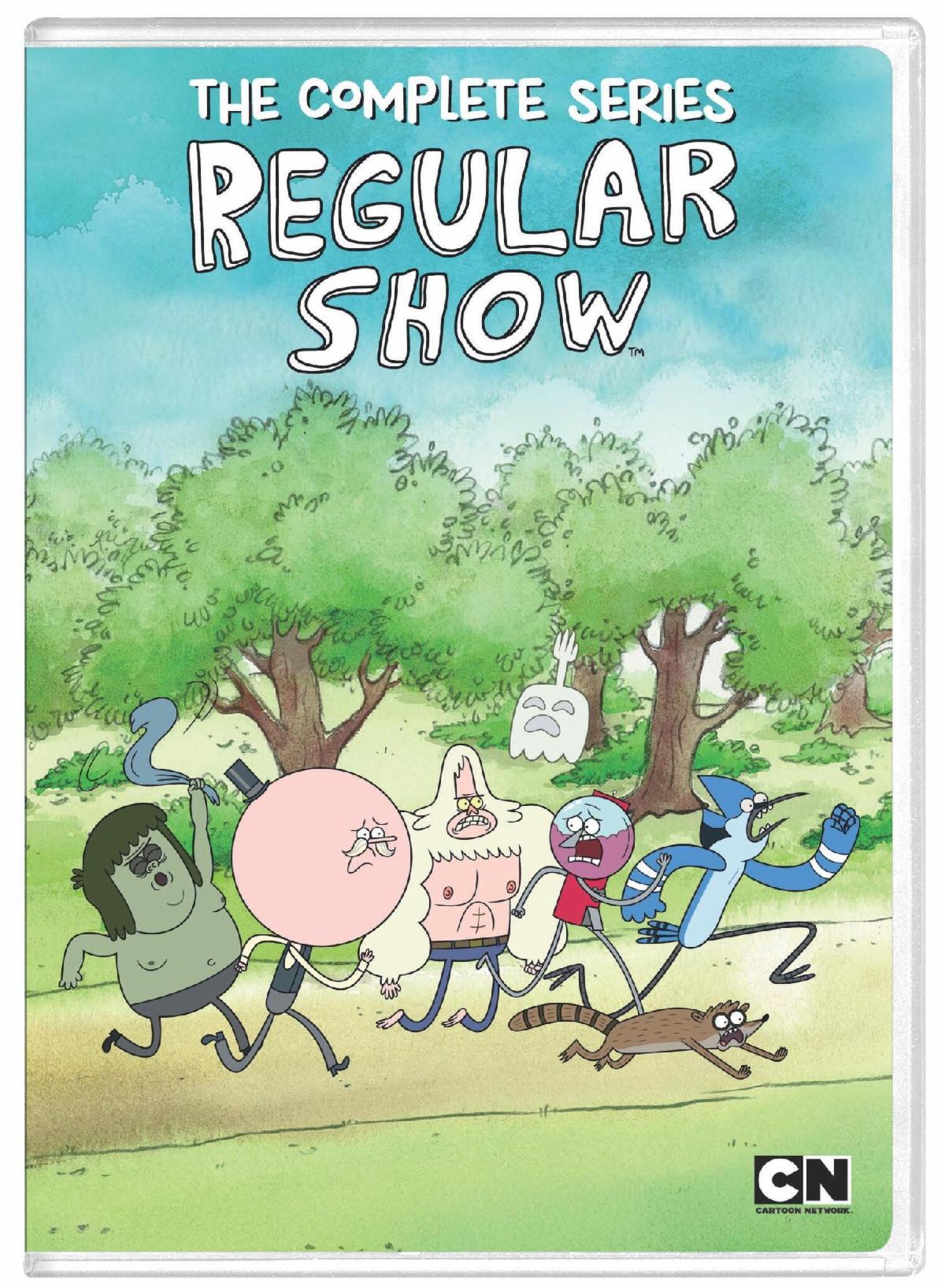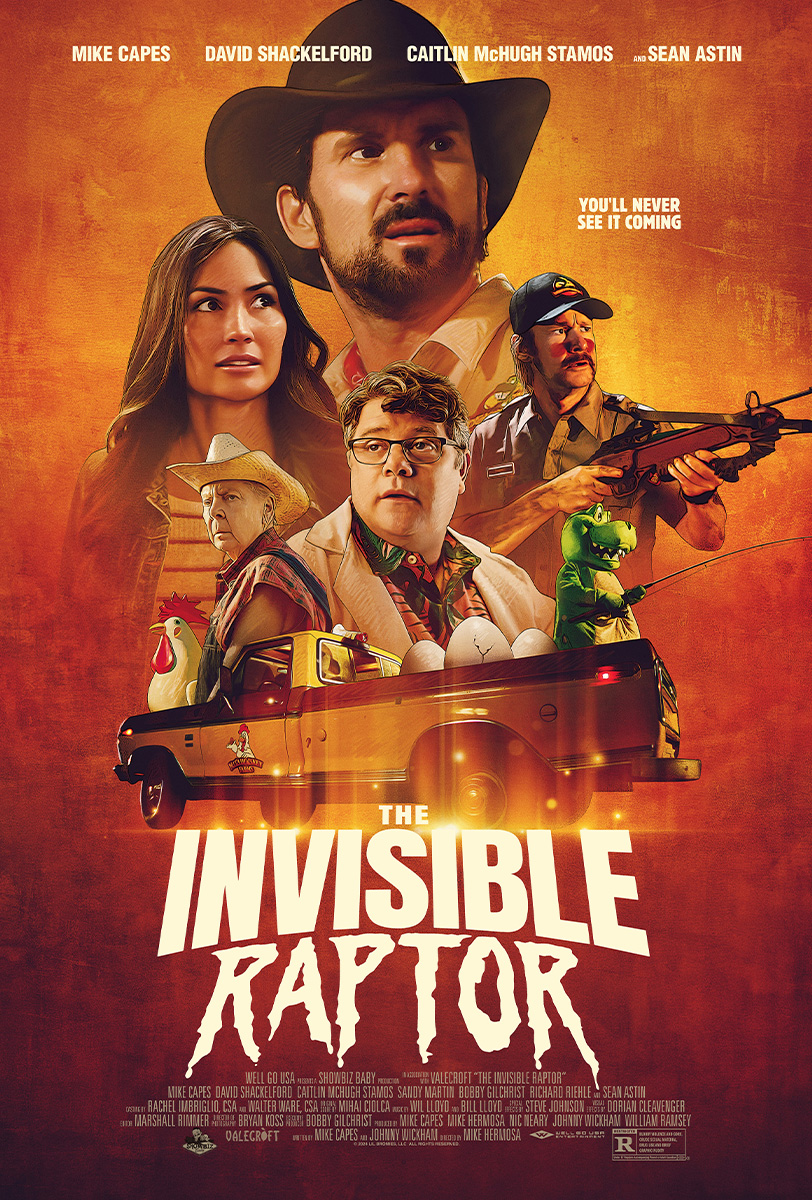- BETTER MAN
- Starring: Robbie Williams, Jonno Davies and Steve Penderton
- Directed by: Michael Gracey
- Rated: R
- Running time: 2 hrs 14 mins
- Paramount
Our Score; 5 out of 5
Let me begin by saying that, except for knowing that Robbie Williams was once part of a British boy-band, I had no knowledge of his music. Let me also say that, after watching “Better Man,” he has gained a new fan.
In the mid-1980s, young Robbie Williams (Carter J. Murphy) spends his time with his mother and grandmother, watching television and dreaming of being a performer. His father, Peter (Pennberton) has also had star aspirations, hoping to one day be in the same league as Sammy Davis, Jr., Dean Martin and, of course, Frank Sinatra. When Robbie cheekily gets himself a position in the new boy-band Take That, his career begins to take off. But he wants to be more then just a face in the background.
Not since the “South Park” movie has there been a more innovative film musical. Starting with the fact that Robbie is portrayed as a chimpanzee (we are told through narration that this is how he sees himself) and featuring some dazzling musical numbers, the film is fast paced and full of some amazing music. Narrated by Robbie Williams, the singer is portrayed on screen by Mr. Davies. Even as an ape – after about the first half-hour of the film I stopped noticing the fur, so powerful was the performance, the performance hits all of the emotional beats. Whether hitting the highest of highs or sinking to the lowest depths, the film maintains its emotional hold on the audience.
The selling point, of course, is the music. Mr. Williams is an amazing lyricist, writing from deep inside his soul. When I shared that I was seeing this film with some of my U.K. based friends, they all to a man commented on how much the loved Mr. Williams’ music. Me too!
Director Gracey also helmed “The Greatest Showman,” a film that started slow at the boxoffice then exploded after word of mouth spread. I hope “Better Man” has the same success. It certainly deserves it.
On a scale of zero to five, “Better Man” receives ★★★★★



